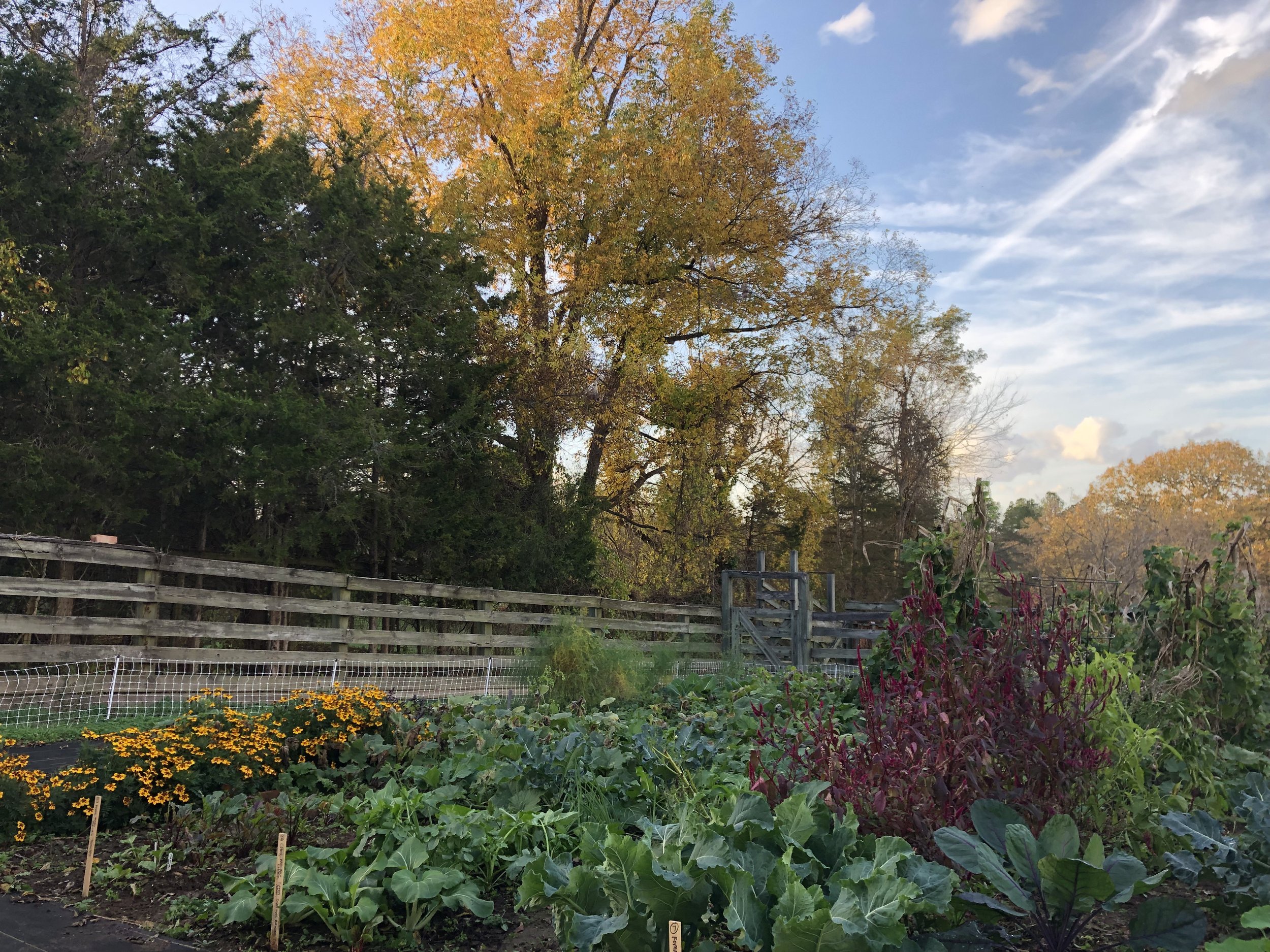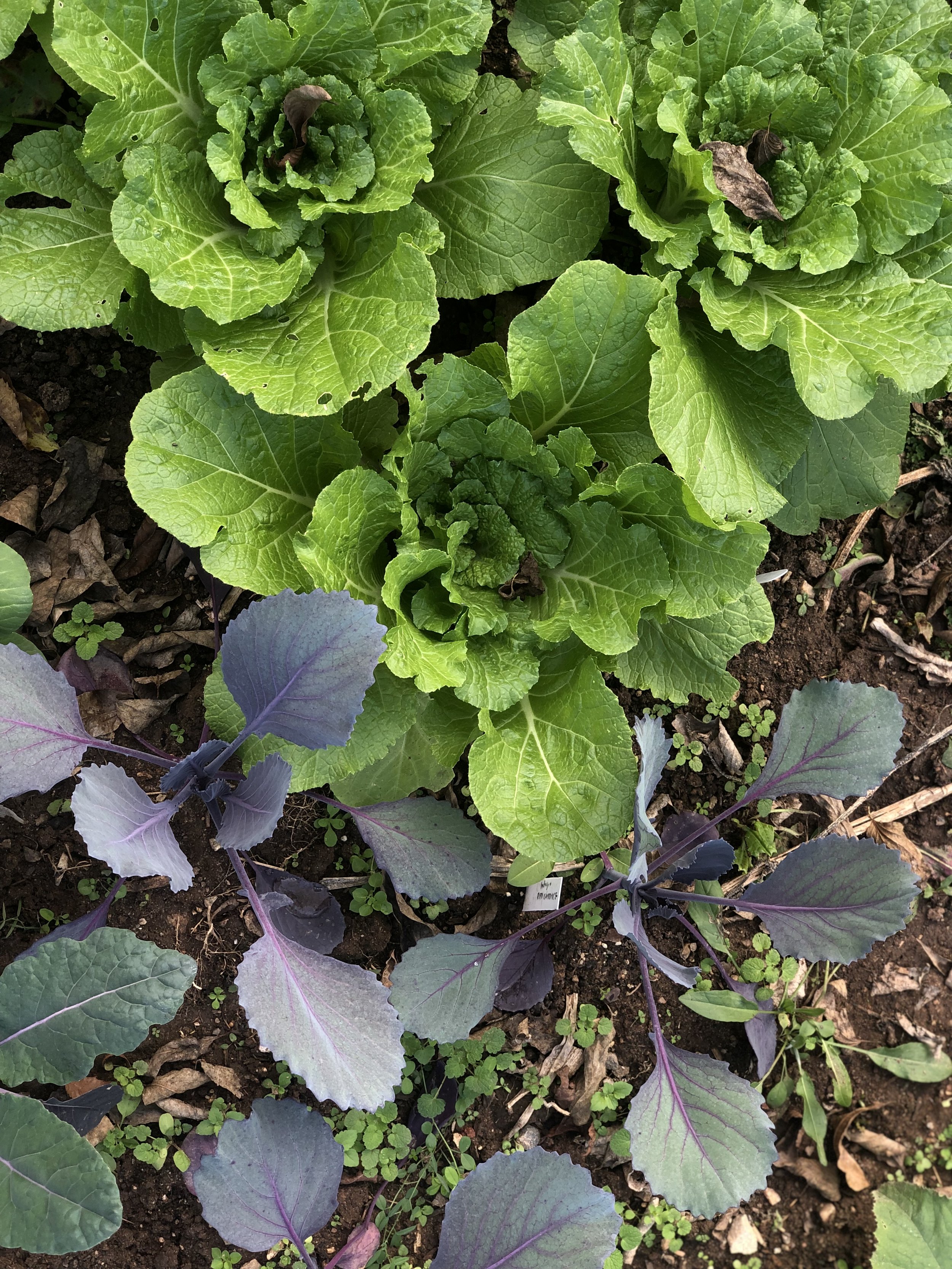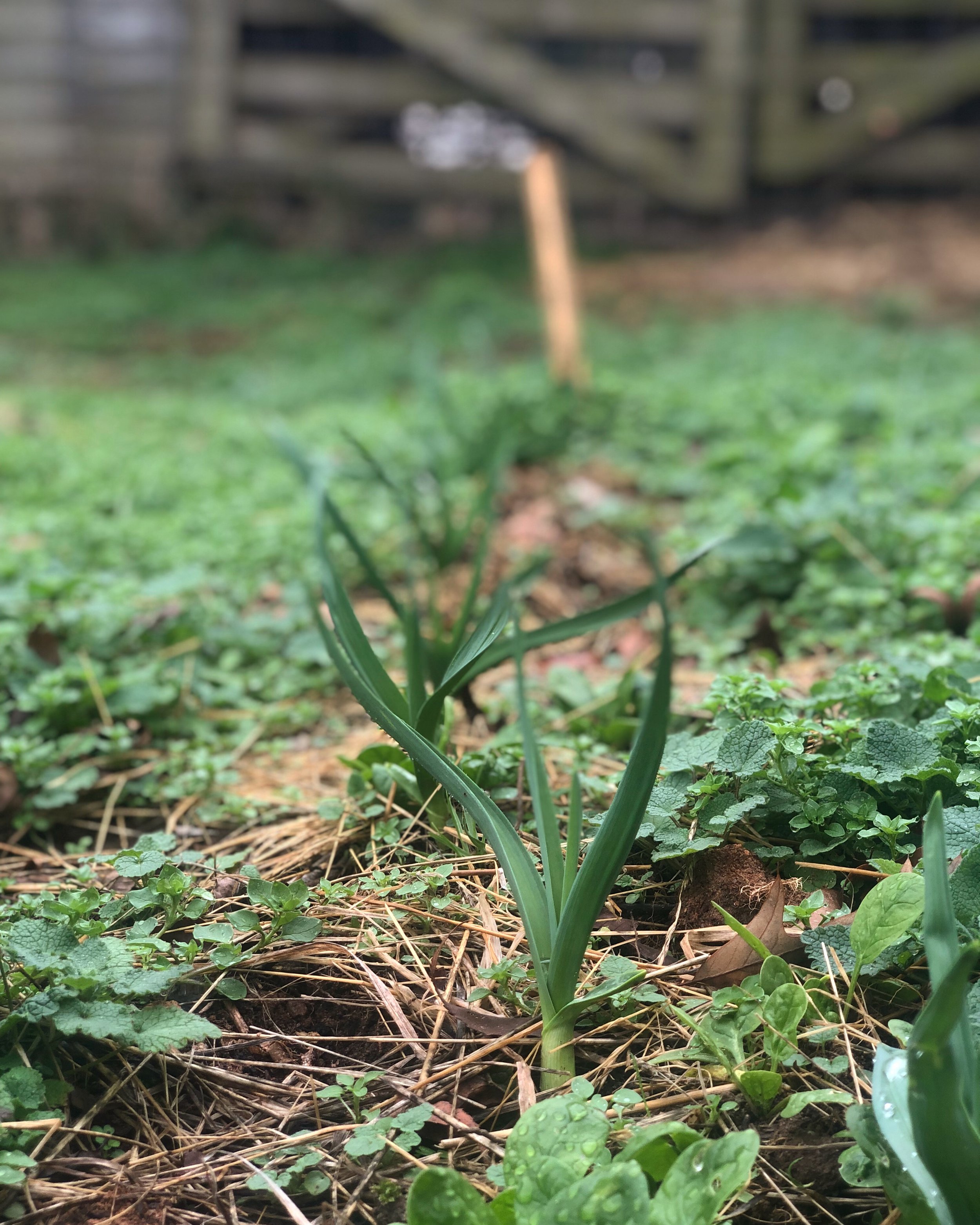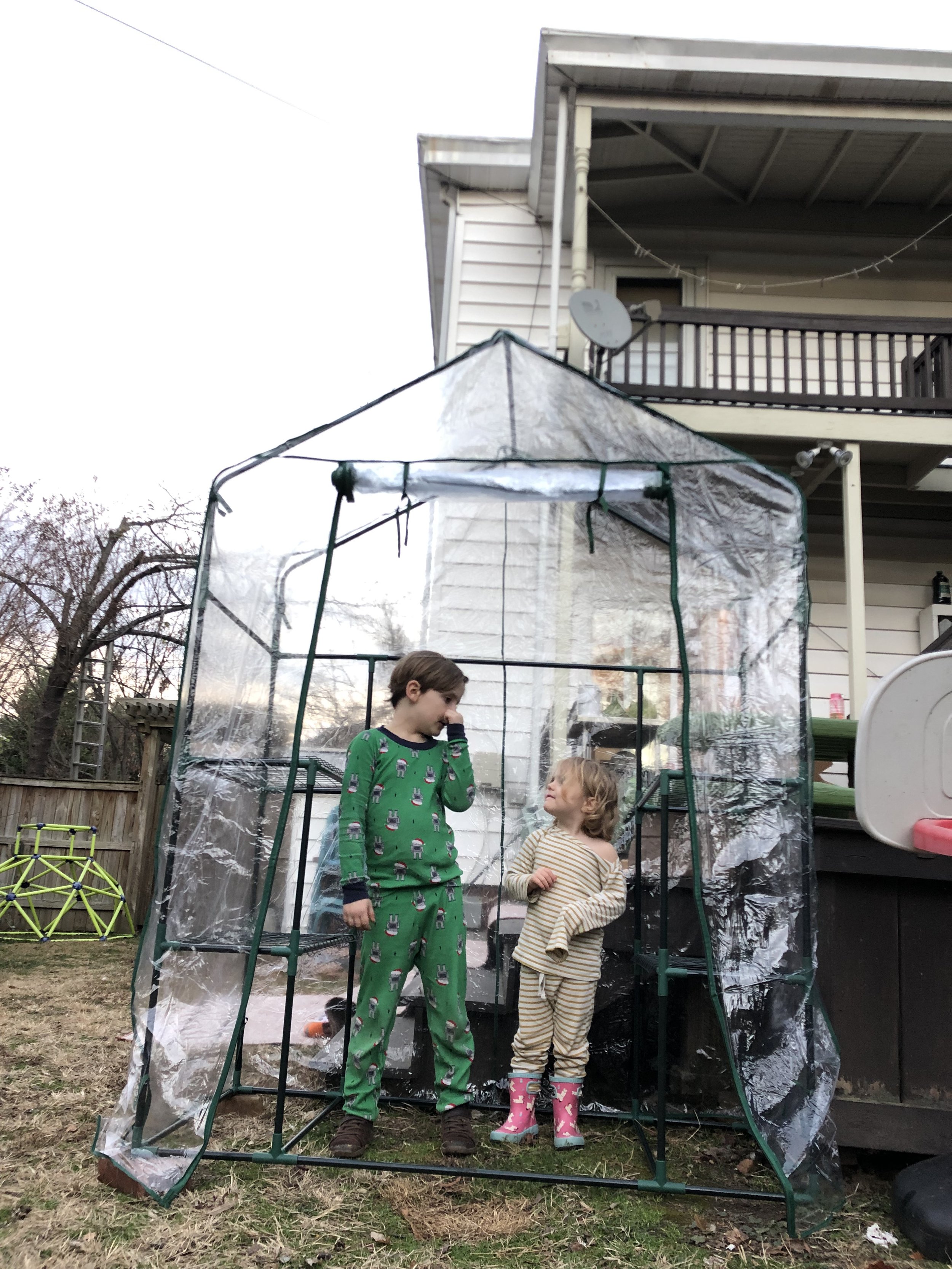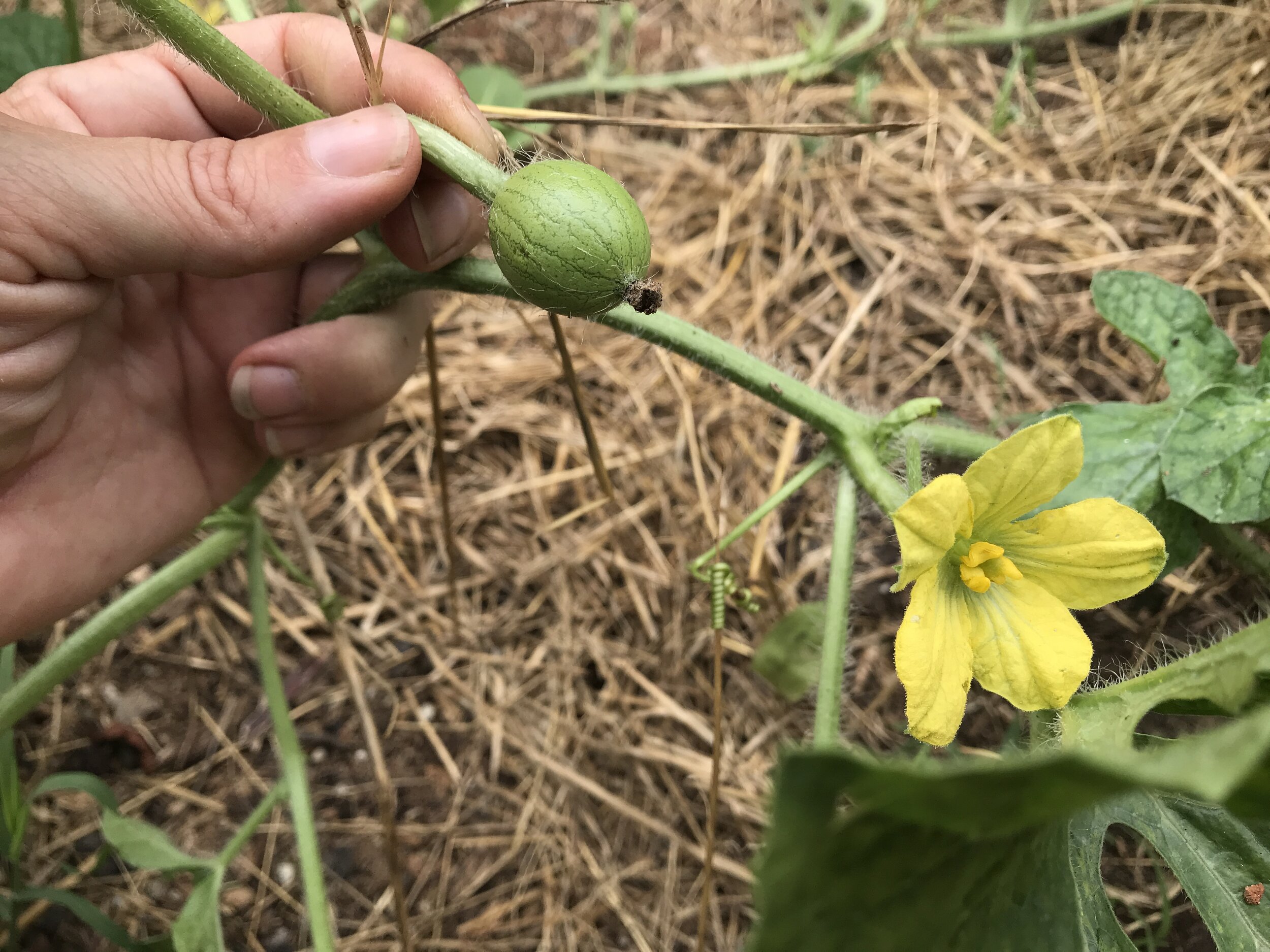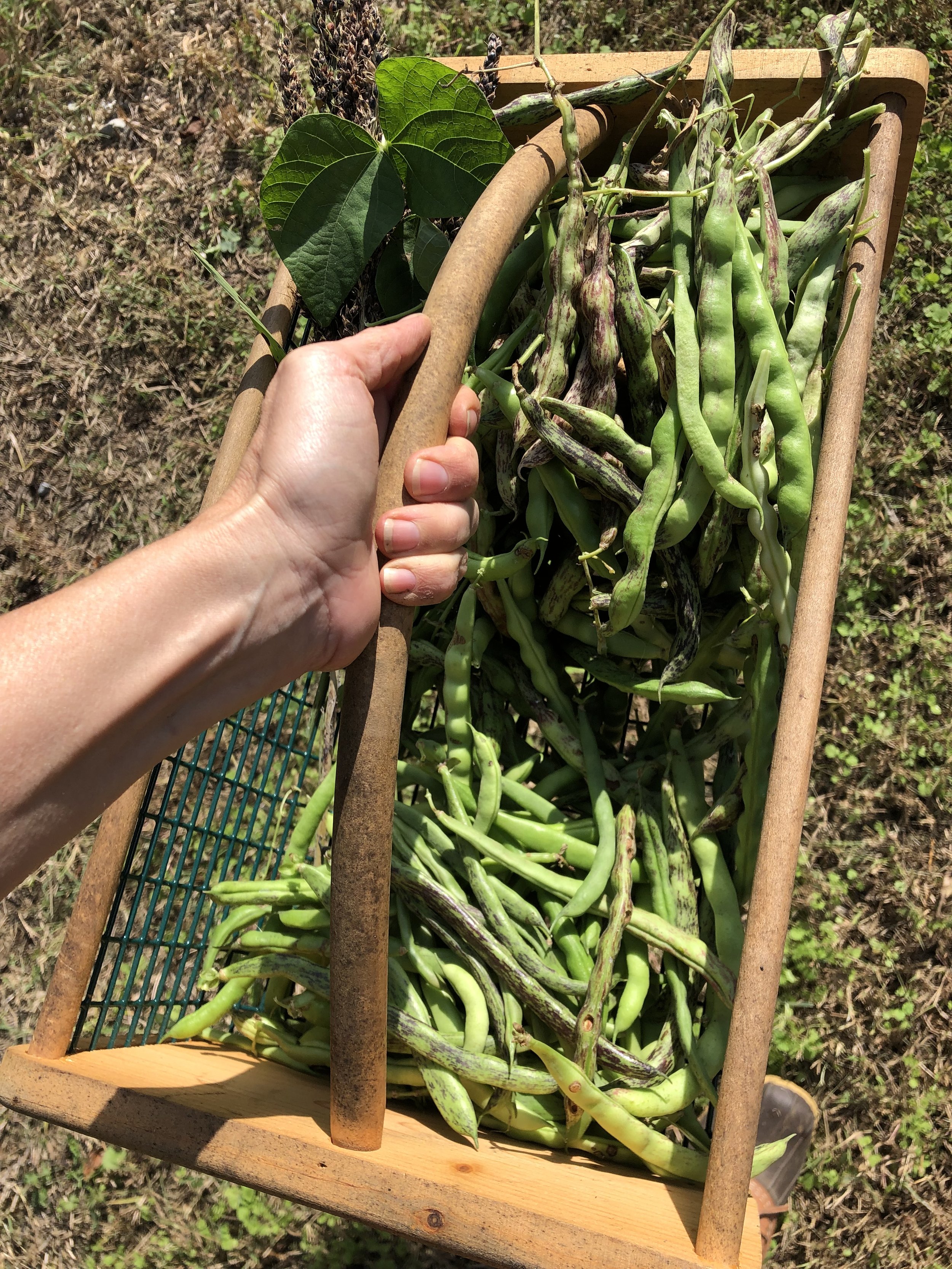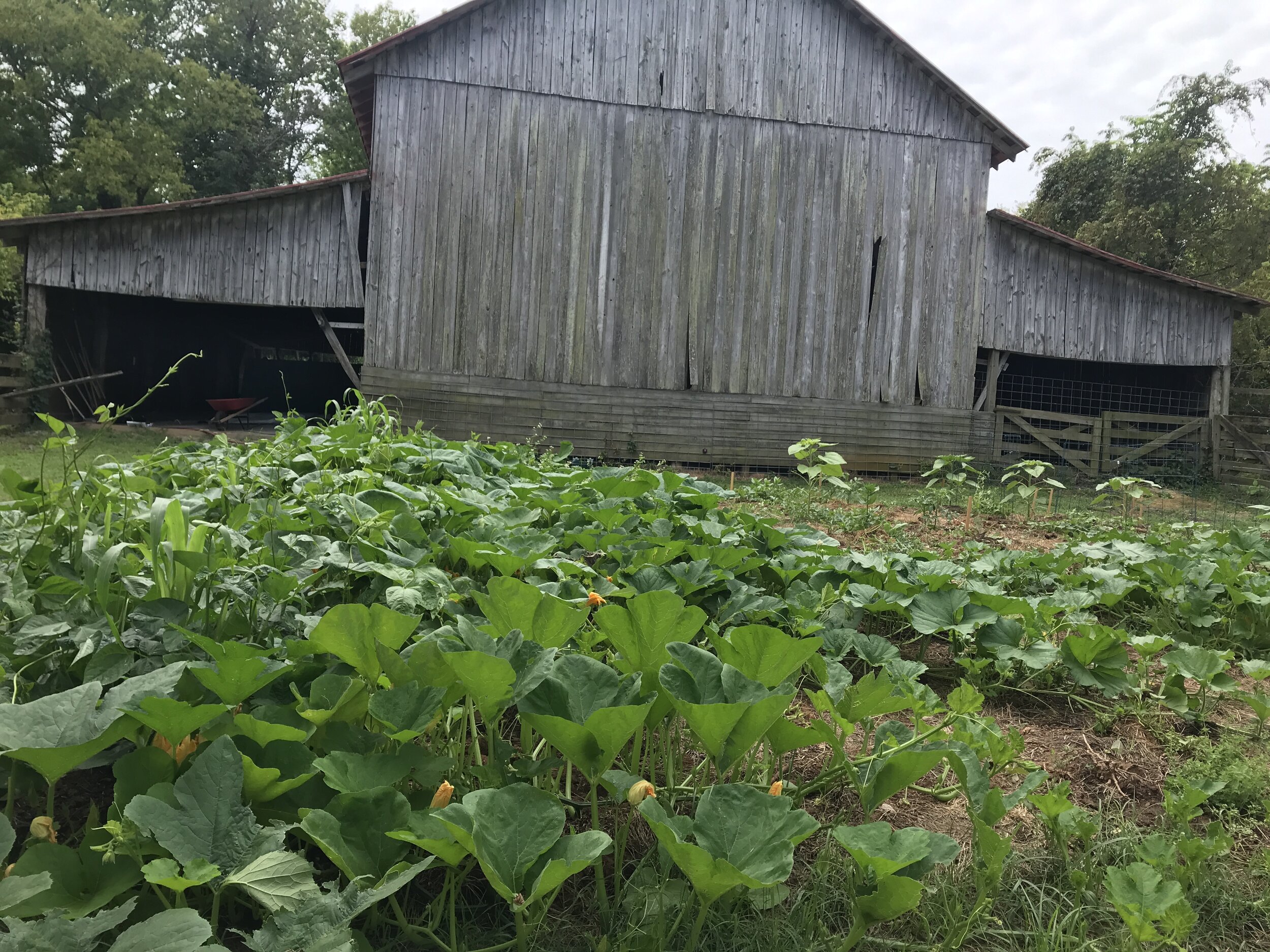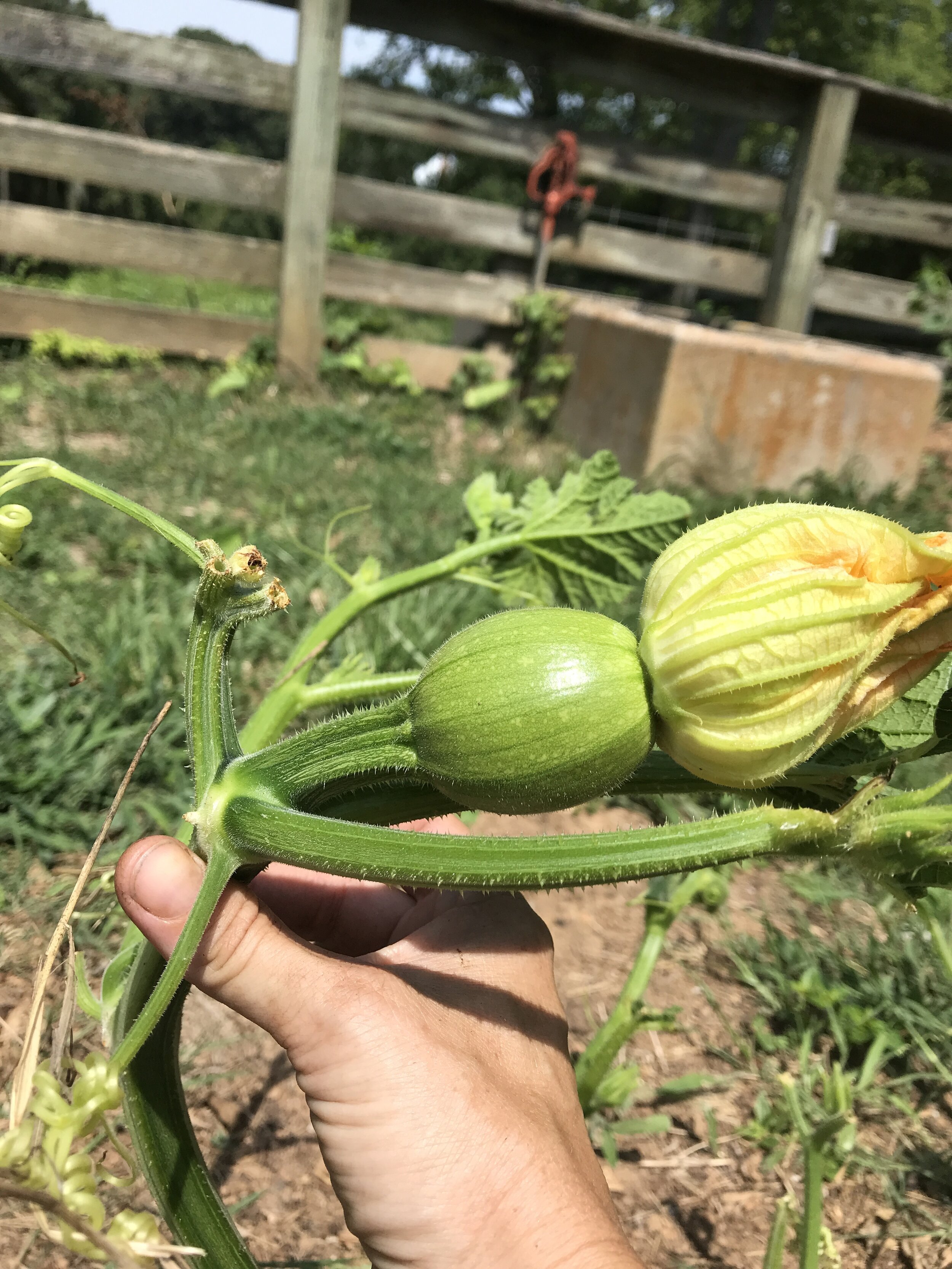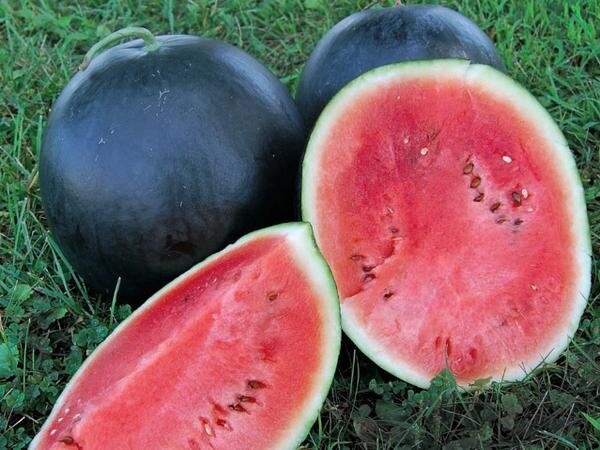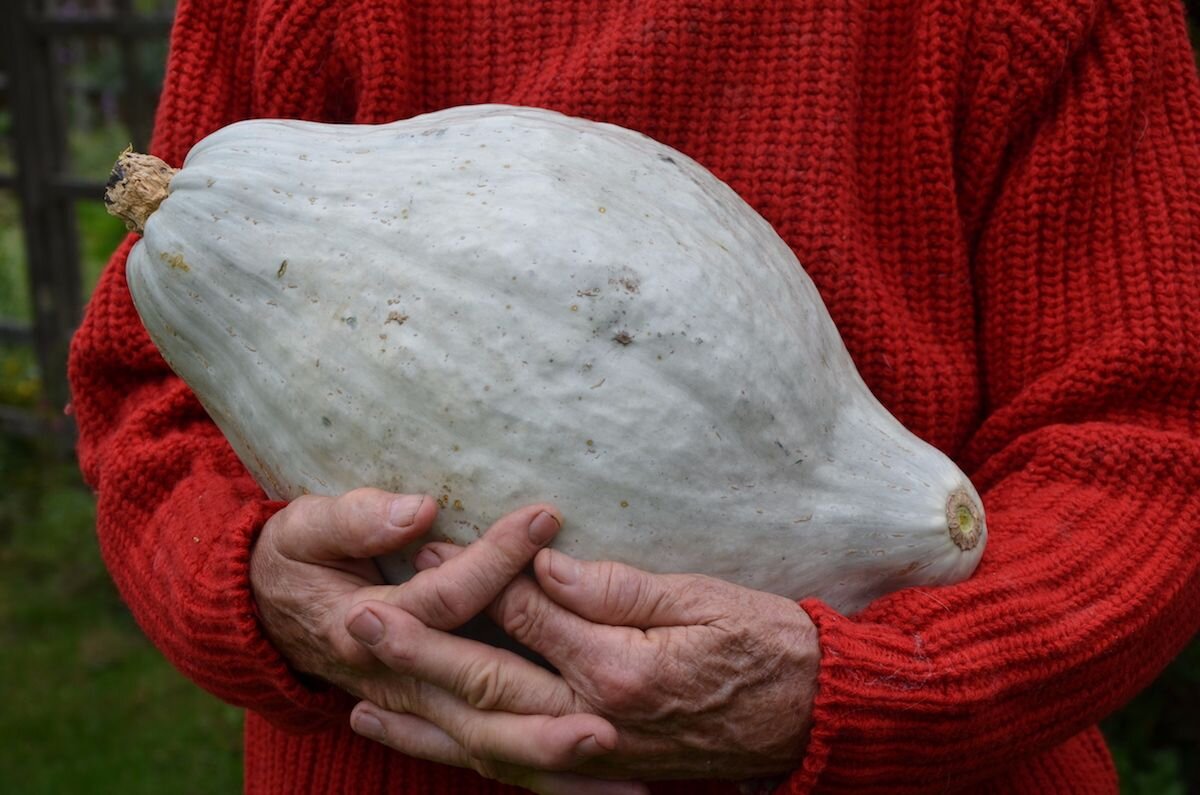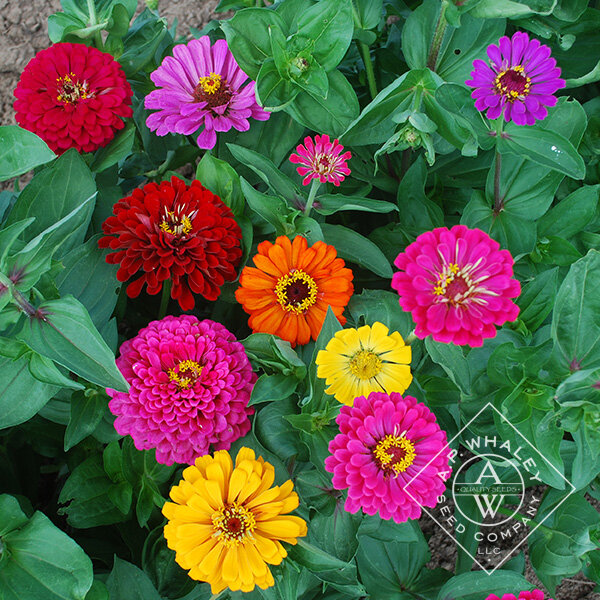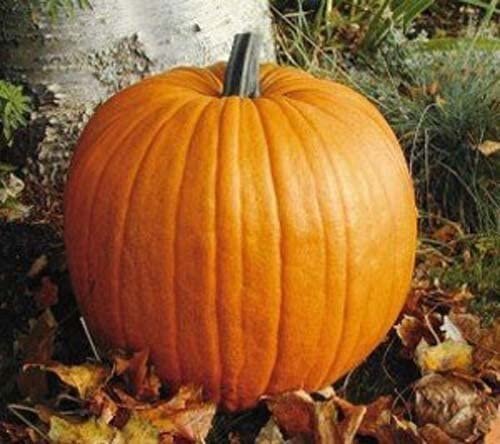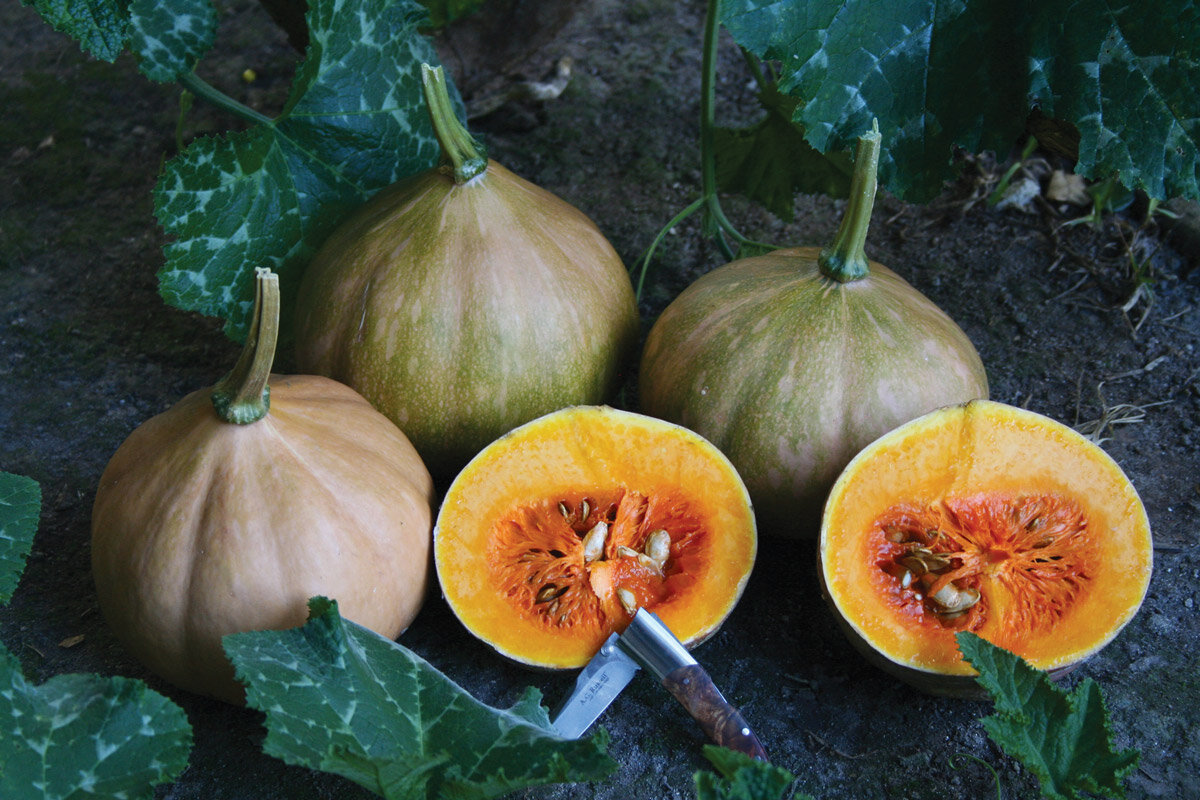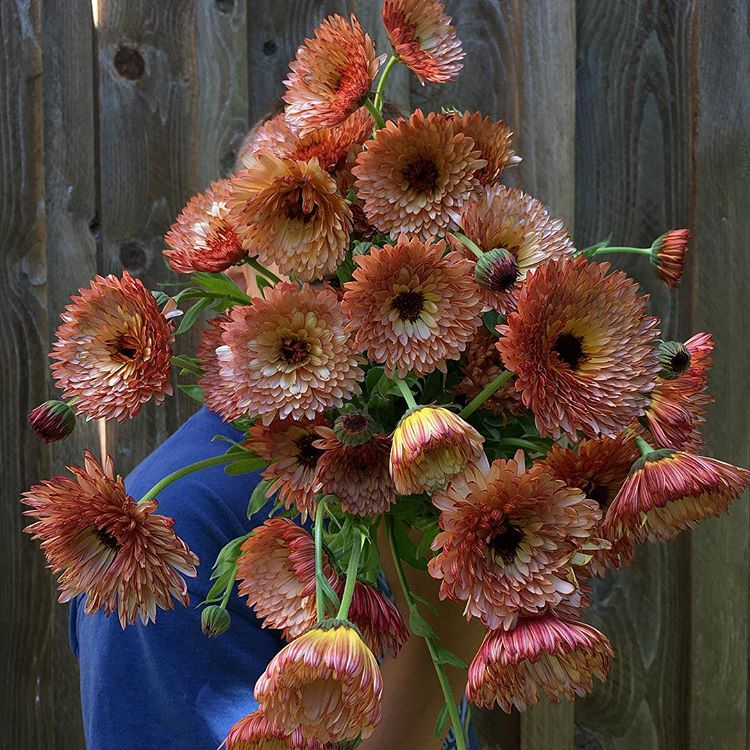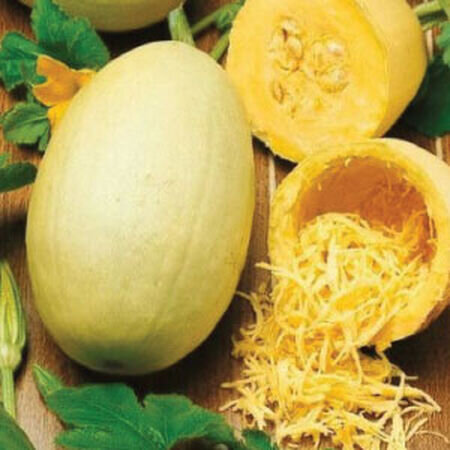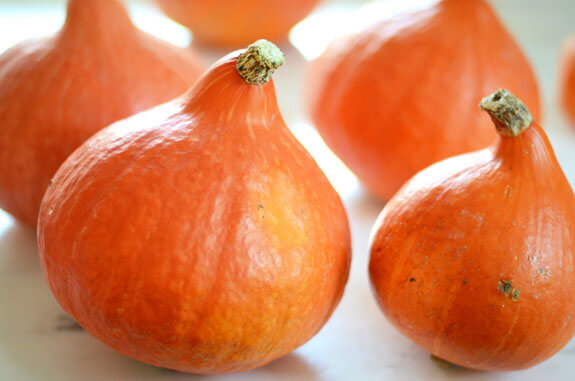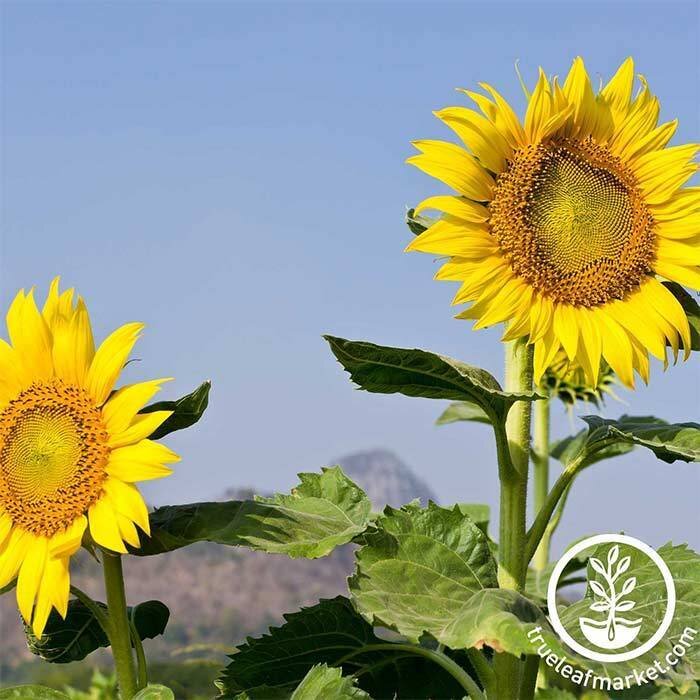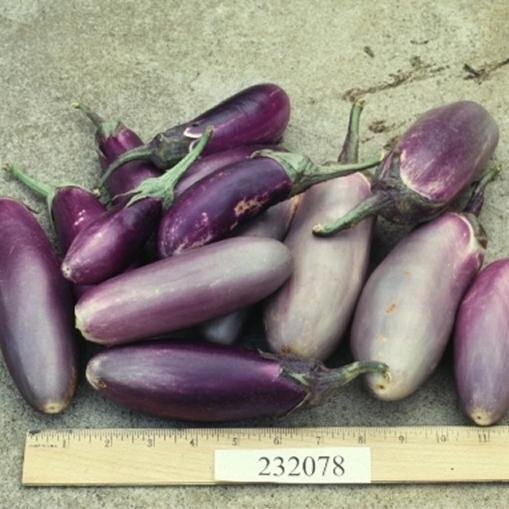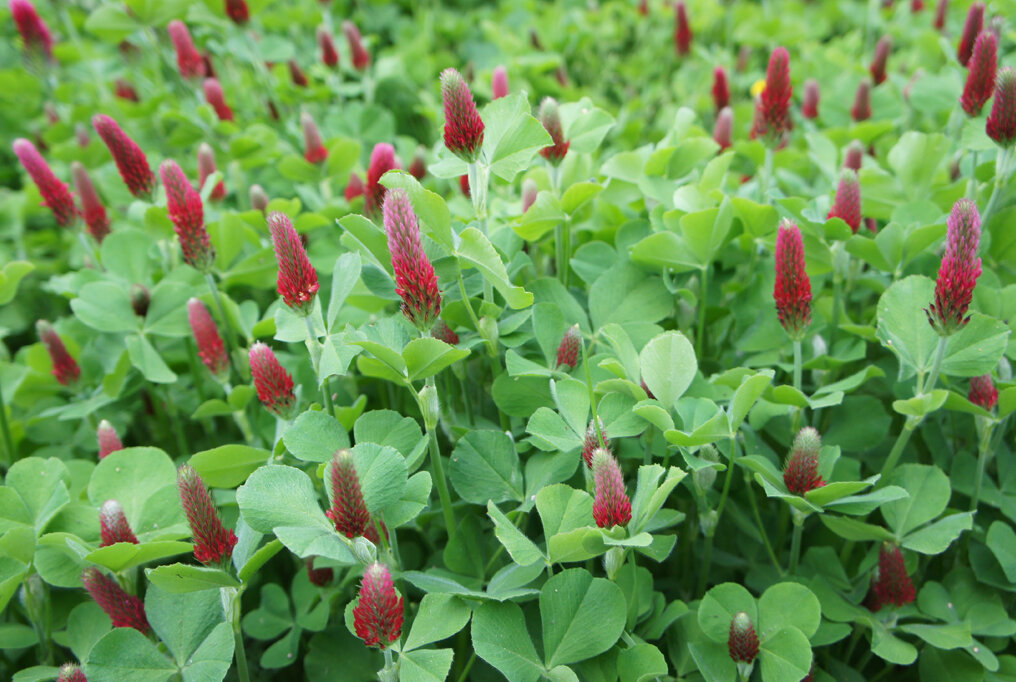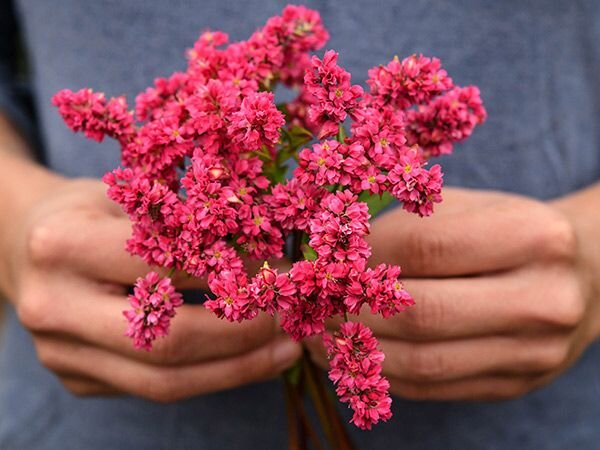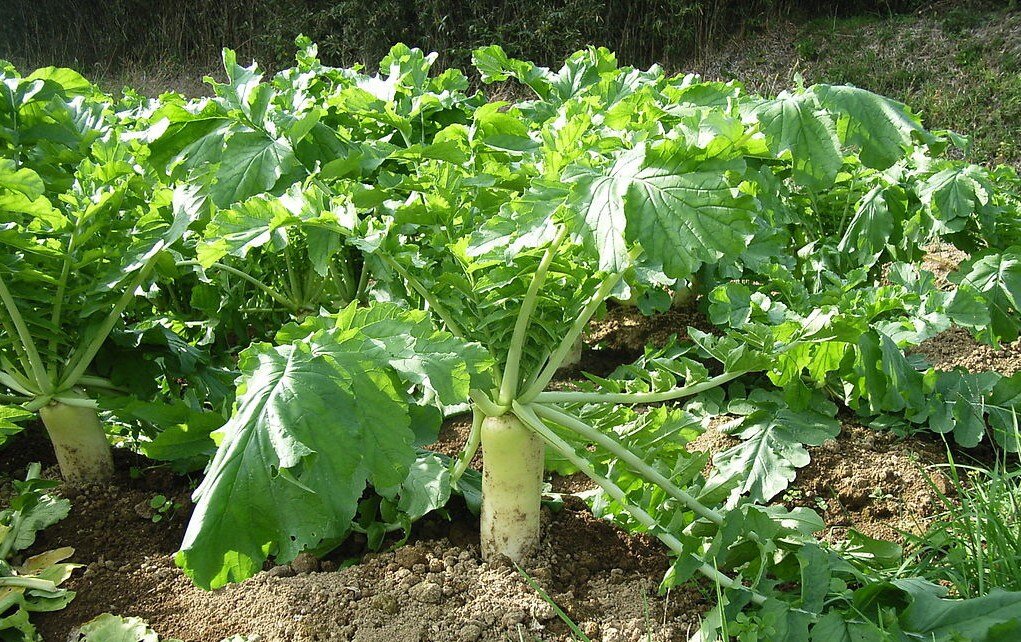New Projects: Fall 2022
Popcorn
Wall of peas!
Expanded flowers through the fall
Tiny gourds
New dry beans to try out
Getting the timing right on fall brassicas
Overwintering frost hardy flowers for early spring
Celery
A whole new garden - this time much closer to home!
It’s April as I’m finally getting around to this final update from 2022 and I’m getting back into the thick of a new growing season, so this will be a image rich (explanation poor!) update on last fall/winter:
A big bee favorite: celosia!
We had a very light frost in early October, then were able to get 4 more weeks of mild fall weather. This photo was taken on Nov 5th.
…and a very similar view on Nov 26th after a hard frost. Nothing like cold temps to bring the garden back to horizontal!
By late September, the first round of quick bok choy was ready to eat!
I got the hang of transplanting several successions of baby boy choy (like this round that I harvested close to Halloween), so that we were able to eat it in stir fries through out the fall.
Next, the slower brassicas started filling in by mid-November, including Belstar and Green Magic broccoli
…plus my first times successfully growing cauliflower and romanesco!
We harvested half of the Napa cabbage before the arctic blasting deep frost of December. The other cabbages, including the red cabbage in the bottom of this photo) stayed in the ground to overwinter and finish developing in early spring.
Dill, parsley and celery - harvested for Christmas!
In early November, I pulled back the silage tarp to check on the progress on suppressing the grass. I ended up feeling like the debris there was still too tall, so I brought the mower back to cut it down closer to the ground before replacing the tarp.
Starting to be able to see it as a canvas for future veggies and flowers!



















